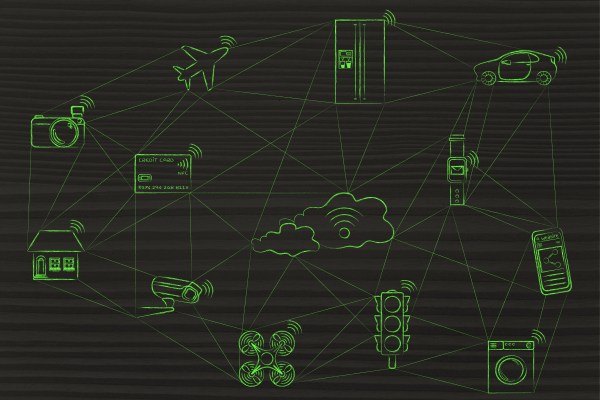I published my first book, The End of Software, in 2004. At the time, I was president of Oracle On Demand, which served as a starting point for Oracle’s billion-dollar cloud business. In the book I discussed the fundamental economic reasons software should be delivered as a service.
As an example of new startups in the field, I discussed four companies, VMware, Salesforce, NetSuite and OpenHarbor. None of them were public companies when the book was published. Salesforce was still under $86 million in revenue. While I didn’t get all four correct, three of the four have gone on to be major companies driving the second generation of enterprise software.
It’s 12 years later. Some have said that enterprise software is a mature business; CEM, ERP, HR and purchasing software are now all being delivered as a cloud service. So is it the end?
I don’t think so. While second-generation software has helped reduce the cost and improve the efficiency of some enterprises, it has done little to transform our physical world. Power, water, agriculture, transportation, construction and healthcare have barely been touched. But that’s about to change.
Industrial machines or enterprise things are increasingly being instrumented and connected. John Chambers, former Cisco CEO, says 500 billion things will be connected to the Internet by the year 2025. While you may question that, we already know 100,000 wind turbines are connected with the capacity to send 400 sensors’ worth of data every five seconds. So we’re going to end up with a lot of smart, connected things.
If you’re a startup with a vision to build products for things, not people, get started.
Unfortunately, all our connection, collection, analysis, learning, middleware and application technology has been built to support applications for the Internet of People. Things are NOT people. Things exist where people aren’t. Things have much more to say and things talk much more frequently. A Joy Global coal-mining machine has vibration sensors that sample 10,000 times per second. We need a new generation of enterprise application, middleware, analytic, collection and connection cloud service products to build precision machines for mining, transportation, healthcare, construction, power, water and agriculture.
Some have begun to make the investments. GE Software was founded in 2011 with a $1 billion investment. CEO Jeff Immelt has declared that GE needed to evolve into a software-and-analytics company, lest its industrial machines become mere commodities. Immelt has set an ambitious target of $15 billion in software revenue by 2020. GE plans to achieve this through its new Predix software platform under the leadership of CEO of GE Digital, Bill Ruh.
PTC has taken an M&A path and invested more than $400 million in a series of companies: ThingWorx for $112 million, a $105 million acquisition of ColdLight and Axeda for $170 million. On the venture side you may not have noticed, but Uptake, a Chicago-based IoT startup, beat Slack and Uber to become Forbes 2015’s Hottest Startup. They raised $45 million at a $1 billion post-funding valuation.
I’ll let you be the judge of whether it’s time to invest in IoT. But if you’re an early-stage or even late-stage investor, it would be wise to be a student of this area as it promises to create as big a disruption as the second generation of enterprise software. And if you’re a startup with a vision to build products for things, not people, get started. Maybe in 12 years we’ll talk about you like we now talk about VMware, NetSuite and Salesforce.
